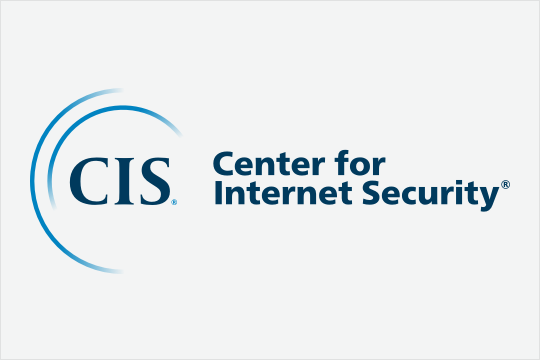Advisories
The latest information on known vulnerabilities in popular software and systems
1 - 10 of 207 results
Issued on 03.11.2025
Multiple vulnerabilities have been discovered in Google Chrome, the most severe of which could allow for arbitrary code execution. Successful exp...
Issued on 03.11.2025
Multiple vulnerabilities have been discovered Fortinet Products, the most severe of which could allow for remote code execution.FortiManager is a...
Issued on 03.11.2025
Multiple vulnerabilities have been discovered in Adobe products, the most severe of which could allow for arbitrary code execution.Adobe Acrobat ...
Issued on 03.11.2025
Multiple vulnerabilities have been discovered in Microsoft products, the most severe of which could allow for remote code execution in the contex...
Issued on 03.04.2025
Multiple vulnerabilities have been discovered in VMware ESXi, Workstation, and Fusion could allow for local code execution. VMware ESXi, Workstat...
Issued on 02.12.2025
Multiple vulnerabilities have been discovered in Google Chrome, the most severe of which could allow for arbitrary code execution. Successful exp...
Issued on 02.11.2025
Multiple vulnerabilities have been discovered in Microsoft products, the most severe of which could allow for remote code execution in the contex...
Issued on 02.11.2025
Multiple vulnerabilities have been discovered Fortinet Products, the most severe of which could allow for remote code execution. FortiManag...
Issued on 02.11.2025
Multiple vulnerabilities have been discovered in Adobe products, the most severe of which could allow for arbitrary code execution. Successful ex...
Issued on 02.06.2025
A vulnerability has been discovered in Trimble Cityworks that could allow for remote code execution. Trimble Cityworks is a system that helps man...
Explore Related Cybersecurity Solutions

Safeguard IT systems against cyber threats with more than 100 configuration guidelines across more than 25 vendor product families.
Learn MoreProtect your organization from cyber-attacks with globally recognized CIS Controls, companion guides, and mappings.
Learn MoreCIS CyberMarket
Learn MoreCIS Hardened Images
Learn MoreCIS SecureSuite
Learn MoreCIS Services
Learn MoreAccess resources for threat prevention, protection, response, and recovery for U.S. State, Local, Tribal, and Territorial (SLTT) government entities.
Learn MoreAccess resources for threat prevention, protection, response, and recovery for U.S. State, Local, Tribal, and Territorial (SLTT) government entities.
Learn More